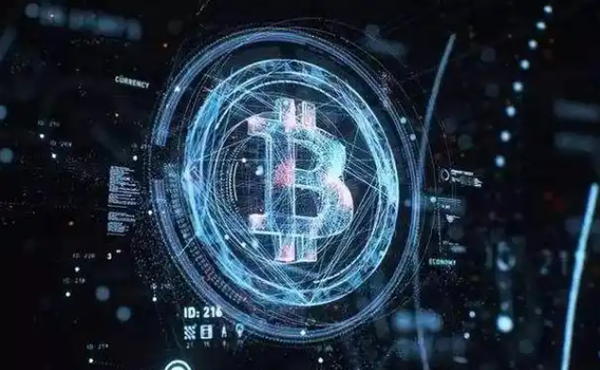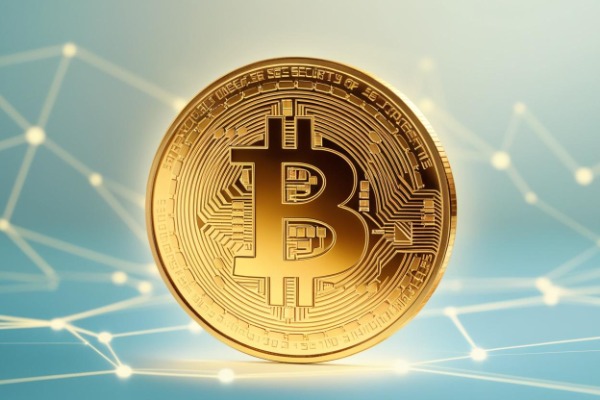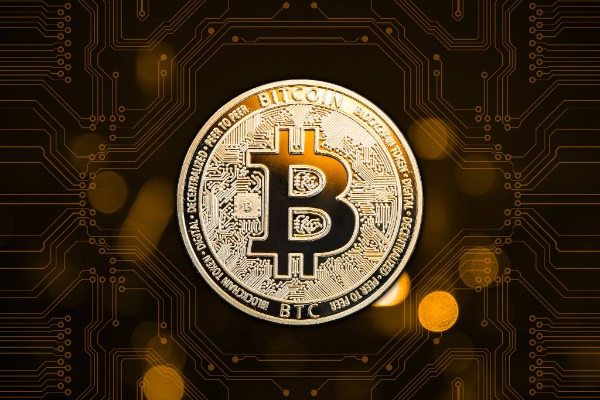How does Bitcoin work?

From the operational point of view, Bitcoin is actually a decentralized ledger on the Internet.
Centralized ledger (bank) The bank is a centralized ledger, which is stored in the bank's central database. It says: Zhang San's A account balance is 3,000 yuan, Li Si's B account balance is 2,000 yuan... When Zhang San wants to transfer 1,000 yuan from A account to Li Si's B account:
1. Zhang San goes to the bank and submits a transfer request to the bank.
2. The bank confirms Zhang San's identity through bank card password and other methods, and checks whether Zhang San's A account has enough balance.
3. After the check is passed, the bank adds a transfer record: A account transfers 1,000 yuan to B account, and modifies the balance: A account balance = 3,000-1,000 = 2,000 yuan, B account balance = 2,000+1,000 = 3,000 yuan.
Decentralized ledgers Assume that there is such a small village. Instead of relying on banks, everyone uses their own ledgers to record who has how much money. Everyone's ledger says: Zhang San's A account balance is 3,000 yuan, Li Si's B account balance is 2,000 yuan... When Zhang San wants to transfer 1,000 yuan to Li Si's B account through A account,
1. Zhang San yells: Everyone, pay attention, I use A account to transfer 1,000 yuan to Li Si's B account.
2. The villagers near Zhang San hear that it is indeed Zhang San's voice, and check whether Zhang San's A account has enough balance.
3. After the check is passed, the villagers write in their own ledgers: A account transfers 1,000 yuan to B account, and modifies the balance: A account balance = 3,000-1,000 = 2,000 yuan, B account balance = 2,000+1,000 = 3,000 yuan.
4. The villagers near Zhang San tell the villagers farther away about the transfer, and the word spreads from one to ten, and from ten to a hundred, until everyone knows about the transfer, thus ensuring the consistency of everyone's account books.













